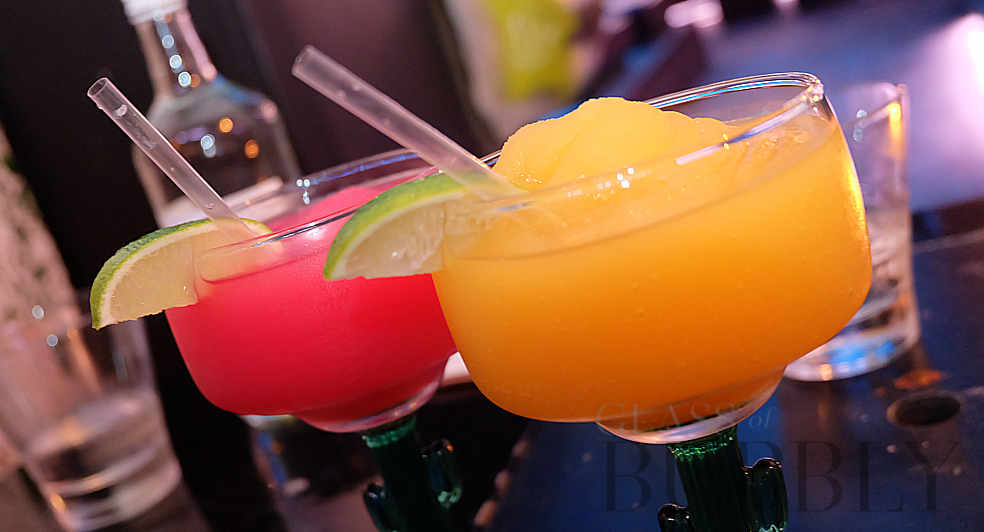Cheering for Cups
26th July 2018

Cups are bubbling Summer drinks from long ago: mixed, iced, sweetened, always with fresh fruits, always made in quantity, always presented in ceramic or glass jugs or bowls decorated with garlands of herbs. Never with bitters or Vermouth. And though spirits and liqueurs are often part of the recipe, Cups are wine-based, cider-based, beer-based. Never, like Punch, spirits-based.09
Not a little of Cups lore passed into the development of ‘Fancy Drinks’ – and thence to cocktails. The ice? Maybe. The garnishing? Maybe. The direction towards gregarious fun as opposed to stimulus and recuperation? Abso-blooming-lutely. Cups were always party drinks. You helped yourself to them, oftentimes straight from the bowl. They bubbled. They were pretty to look at. And if you can imagine them served in a candle-lit room, the big blocks of natural ice they were made with would have sparkled. Cups did for high Summer what flaming puds did for Christmas. Sangria is a modern descendant of the Cup.
American recipes tend to make Cups in jugs, and in the 20th century that was how Harry Craddock enshrined them in the Savoy Cocktail Book (1930). His recipes specify four lumps of ice per serving. But George Saintsbury in his Notes on a Cellar Book (1920) has them in the original English form. He specifies a lump of ice ‘as large as a baby’s head’. He also described the three-handled ‘toby ware’ vessel in which the ‘floating iceberg rejoices the sight.’ Not least he opined that, while the general advice is Never Put Ice Into Wine if the Cup recipe wasn’t ‘very stingily proportioned’ it would do no harm.
Bubbles long ago
Cups were born 150 years before artificial refrigeration when the only source of ice was Nature. And in England, by the time Cups appeared in the late 1700s, most of this was enclosed within private estates. It was different in America where the centres of population, such as they were then, were surrounded by unlimited Wilderness. Ice was something they could get aplenty. From nobody’s private land.
But the real key to Cups is that they bubbled. And this is where one of the three mysteries about them comes in. ‘Cups’ the name – it has nothing to do with how they were served – first appeared in print in 1773. Their appearance was at least serendipitous with Joseph Priestley’s invention of carbonated water in 1767 and its mass production in 1781. New-fangled soda water was a by-product of the brewing industry. You couldn’t make it at home, not even if that home was Stately with its own still room – short for distillery. It was pure and healthful (no bacteria, no lead) and rapidly became immensely fashionable. Cups recipes made with sparkling water may, therefore, be the oldest Cups recipes. Alternatively, such recipes may just have been opportune novelty versions of older ones. Effervescing brews of all sorts had been made in country house kitchens for generations. It matters not: we have Saintsbury’s word for it again that sparkling wine Cups are better…
Mystery No2 is that this bubbly is always assumed to be Champagne because that’s what the old books always say. But Saintsbury (unlike ‘Prof’ Gerry Thomas a real academic) had his doubts about that. He thought any ‘Champagne’ involved was the still wine of Sillery. At any rate for his own much-copied Cup recipe he specified sparkling Mosel.
The third mystery is less tractable. If you mix still wine with anything sparkling it will kill the bubbles. The only way to mitigate the problem is always to add the bubbly to the still ingredients, not vice versa. And at the last moment. Like making a G&T…
Finally, Cups bowls and jugs are always described as ‘dressed’ with herb leaves. Sometimes it’s mint, sometimes sorrel, but mostly it’s borage. Not easy to get, borage… It has a beautiful blue flower and it tastes like cucumber, which happens also to feature in many Cups recipes.
GEORGE SAINTSBURY’S CUP
1 Bottle iced light red wine
1 Bottle iced demi-sec bubbly
Thick slices of pineapple in the bowl
Pyramid of ice cubes in bowl or four per glass
Garnish: Borage leaves/ long thick slivers of cucumber
with peel
ROBERT VERMEIRE’S CUP
20 ml Brandy
40 ml Apricot brandy
20 ml Curacao
Demi sec bubbly to fill
Take a previously well-chilled flute glass,
add a sprig of bruised mint, then enough ice to
quarter fill glass. Shake still ingredients with ice,
strain into glass, fill slowly with bubbly. Don’t
stir.
Garnish: long sliver of pineapple stuck with cherry
and a twist of orange zest
PEACH CUP
1 Litre iced light white wine
1 Bottle iced bubbly
Syrup (iced) to taste
4 Ripe peaches peeled, pitted, sliced
In a large bowl place a pyramid of the largest ice cubs. Surround with the sliced peaches and pour the still wine and syrup over. Return to fridge. Just before serving add bubbly.
![]()
Bernard Barbuk
After a career as a business journalist, he wrote on drinks subjects for almost every extant drinks publication. He now divides his time between refining his database of 2,000-plus classic recipes & finishing a book on ‘the 18 Families of the classic cocktail’.
